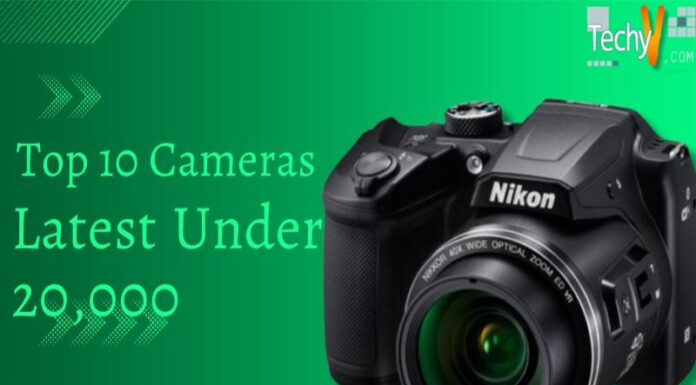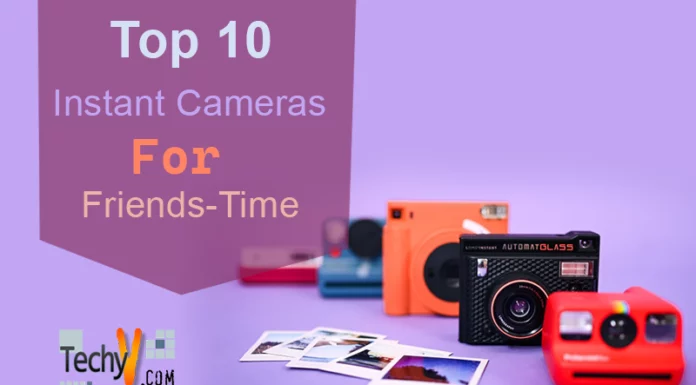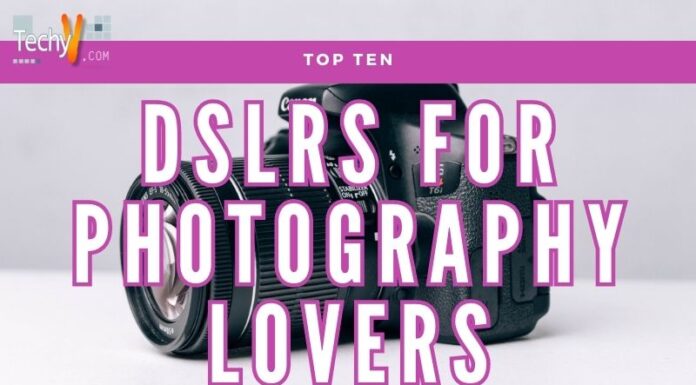The ideal camera for astrophotography must meet several very particular specifications. It must be able to shoot in RAW format for post-processing, a key element of astrophotography, and keep its shutter open for at least 30 seconds, if not more. A tripod mount and a lens with a wide range of view and aperture are essential for those lengthy exposures. To be true, you do need to put in a lot of effort if you want to shoot the night sky and witness celestial phenomena like the Perseid meteor shower or the Northern Lights, as failing to do so will leave you with virtually nothing to show for your efforts.
1. Nikon Z6 II
If you’re only planning to use it for astronomy photography, there need to be more upgrades to make switching from one model to another worthwhile. Let’s say you’re upgrading from a novice model, taking videos, and shooting more types of photography in addition to Astro.

2. Nikon D850
Although it was released over five years ago, the Nikon D850 DSLR competes favorably with today’s newcomers in various photographic fields, including astronomy. With a minimum amount of image noise, the D850’s 45.7-megapixel image sensor creates still images with incredible detail. For those who wish to produce movies with the stars, it can even shoot 4K UHD 30 frames per second footage.

3. Sony A7 III
One of the brightest lights in astronomical cameras, the Sony A7 III is a favorite among astrophotographers who like to use mirrorless cameras (pardon the pun). Its electronic viewfinder offers a helpful exposure-ramped view to help compose astrophotographs, even if it needs to be more detailed than the others we’ve listed.
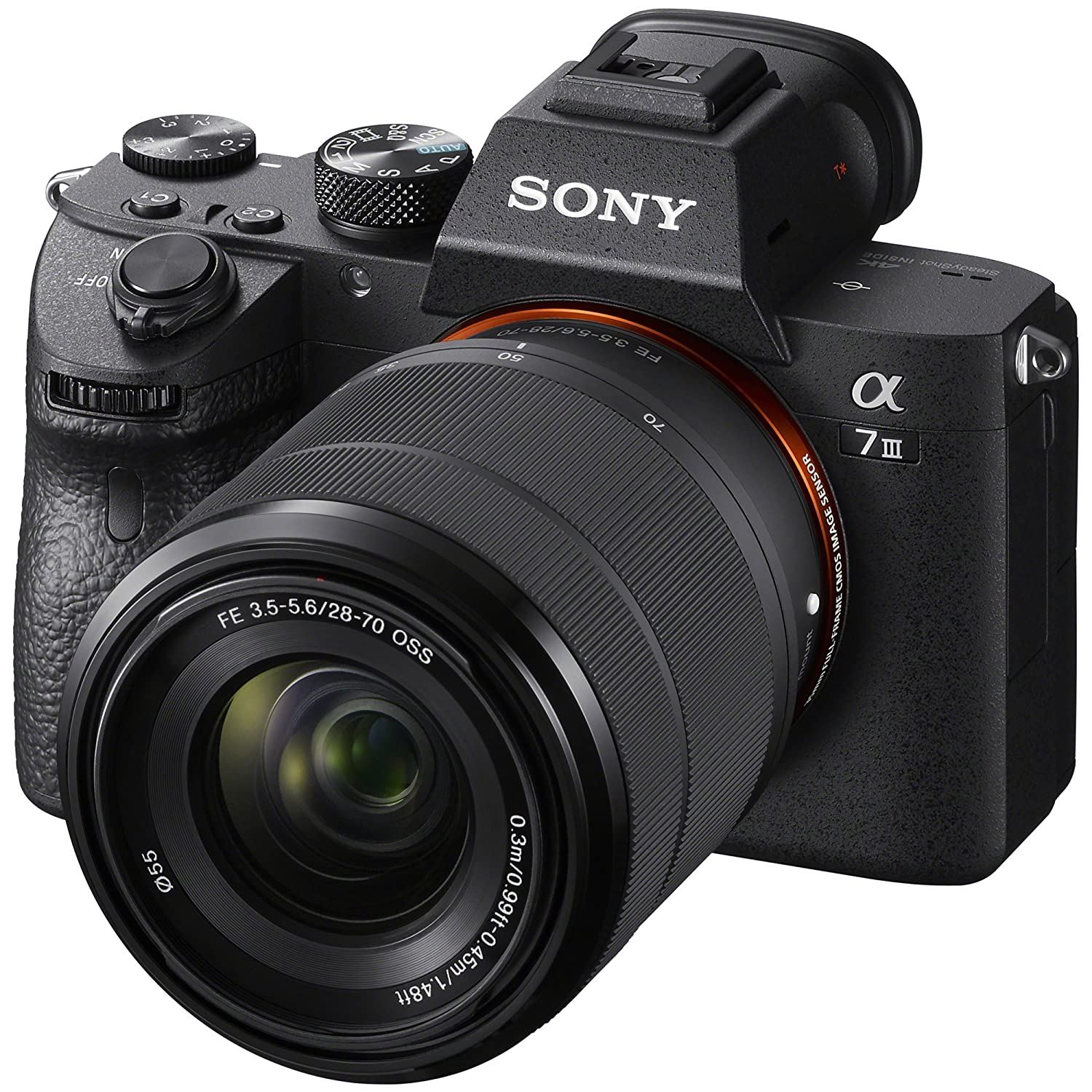
4. Canon EOS 6D Mk 2
For those looking to get started with astrophotography but on a budget, the Canon EOS 6D Mk 2 is a capable DSLR. Even though it lacks a few contemporary features, this full-frame choice is excellent for its price.
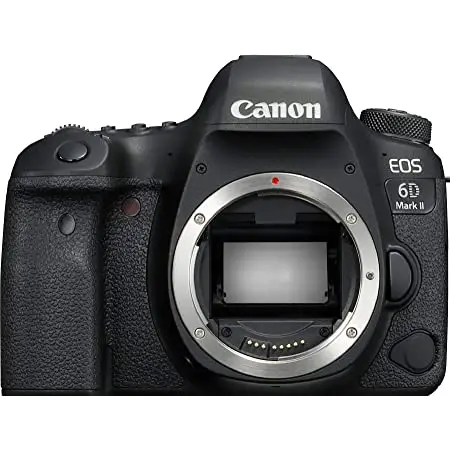
5. Fujifilm X-T4
The most potent member of the X-series and Fujifilm’s flagship mirrorless camera is the X-T4. As our Fujifilm X-T4 review mentioned, it is a fantastic choice for astrophotography fans. Given that You will point the camera at the sky, the vari-angle screen makes shooting considerably more pleasant than it would be without it.
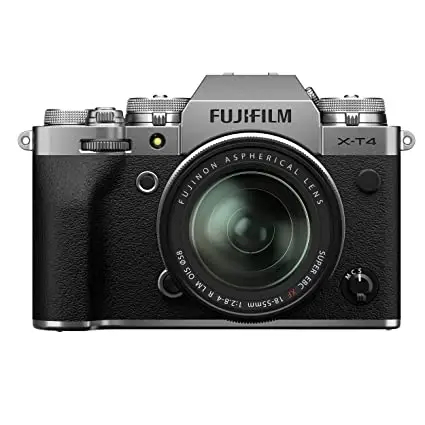
6. ZWO Optical ASI183MC Pro
The internal cooling system on this small, full-color camera helps to reduce noise when taking long exposure photos. The ZWO Optical ASI183MC Pro, the color version of the ZWO Optical ASI183, is one of the greatest astrophotography cameras currently available. You won’t need to bring a tonne of RGB filters when going on a shoot.

7. Canon EOS R
Canon’s first full-frame mirrorless RF system camera, already four years old, competes favorably with more contemporary models. You’d have to treat it a little more delicately than some of the harder models, like the Nikon Z6, and the button layout could be clearer because it isn’t the best-built or sleekest body.
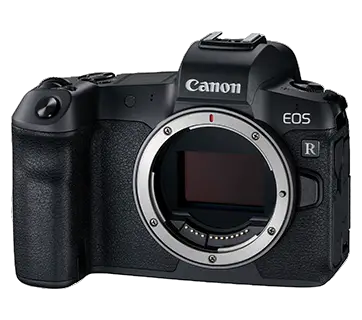
8. Sigma 14mm f/1.8 DG HSM | Art
This fast wide-angle prime lens from Sigma is available with mounts for full-frame DSLR cameras from Canon, Nikon, Sigma, and Sony (E-mount). It is the quickest wide-angle lens at f/1.8, which is crucial in low light. As a result, a long exposure photograph of the Milky Way, which typically requires roughly 25 seconds to capture, may now be completed in just 10 seconds.
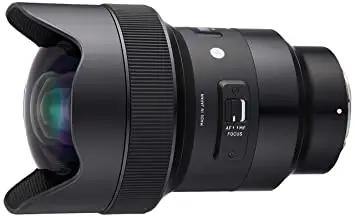
9. Samyang XP 14mm f/2.4
This 14mm f/2.4 prime lens from the XP lineup from Korean manufacturer Samyang is the best choice for astrophotography on Canon and Nikon full-frame cameras.
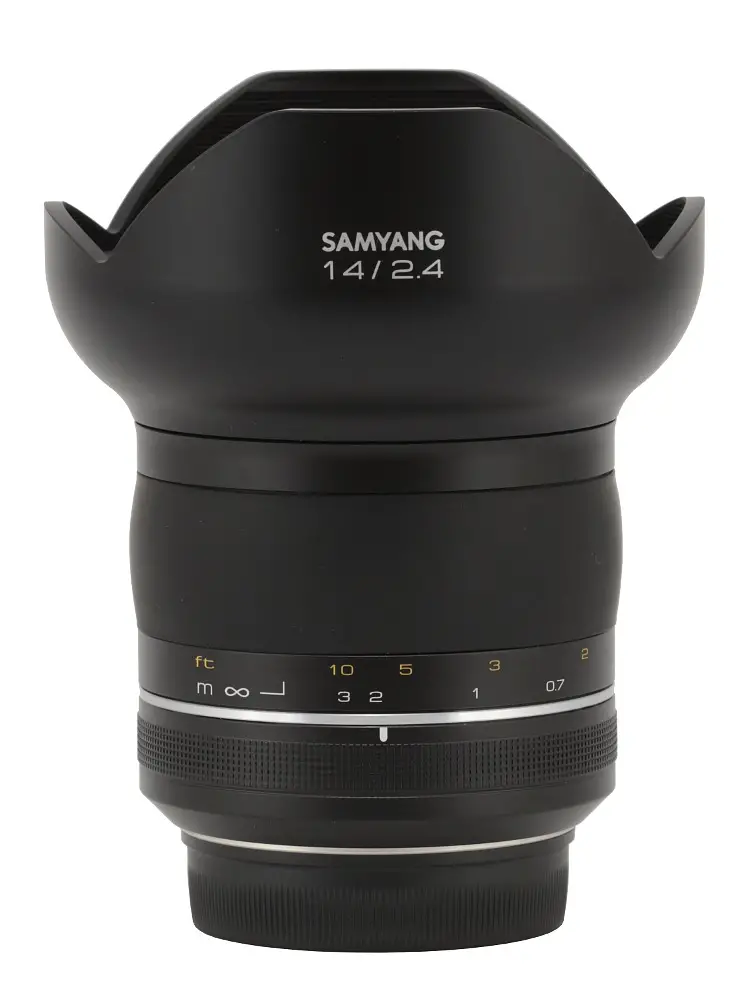
10. iOptron SkyTracker Pro
Using a zoom lens, the iOptron SkyTracker is another fairly priced approach to either long-exposure Astro-landscapes or “deep sky” astrophotography. It is a star tracker mount similar to the Skywatcher Star Adventurer Mini.






